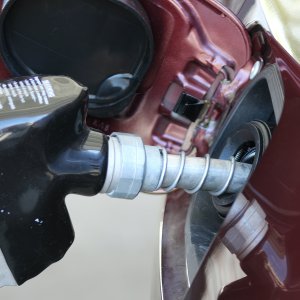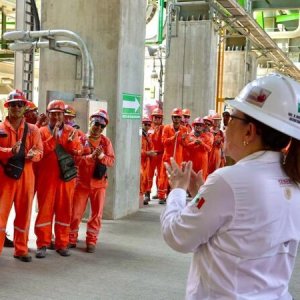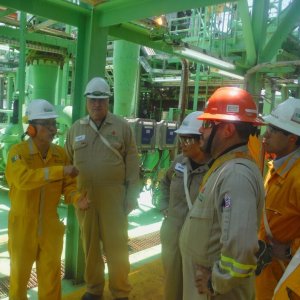Illuminating the Depths for Enhanced Inspection

STORY INLINE POST
PEMEX’s focus on the development of Mexico’s shallow waters created challenges for subsea technology providers, says Enrique Martínez, Director General of Subsea Offshore Technology (SOT) Inc. The emerging concentration on deepwater is changing that, and with it the fortunes of companies like SOT. “We have worked hard over the last year to realize opportunities with PEMEX and IOCs. SOT must now seize its chance,” says Martínez.
The strong currents and tempestuous seas of Mexico’s reserve-rich shallow waters render remotely operated vehicles (ROVs) inadequate for subsea inspection. The Energy Reform turned the tide, putting the spotlight on deepwater, where ROVs truly add value for oil companies.
SOT has previously worked with major companies, including PEMEX in Mexico, on Xanab-B, C and D wellhead and has inspected tankers with his partner Proceanic for Chevron, ENSCO and Transocean. With the flood of international players arriving into the Mexican market, and the understanding that capital spent on maintenance is an investment rather than expense, Martínez expects demand for SOT’s services to climb.
Deepwater operators are also mirroring the actions of their pipe-constructing counterparts on land and pushing a culture of preventative maintenance in the country. Subsea surveillance of infrastructure is part of that drive. “International players are familiar with the subsea services we offer, but there are only three or four companies around the world that do what we do. We have already identified clients that will need our surveillance and service abilities on wells, platforms and jackups,” Martínez says.
Another factor fueling Martínez’s positivity is PEMEX’s recent favoring of integrated contracts that include subsea surveillance in shallow water drilling. “Previously, when PEMEX put out a tender, our services, including leak detection, environmental assessment and even emergency response, were not considered a priority. With integrated contracts, they are now included. This is our time to consolidate the possibilities we have in front of us,” he says.
From its base in Ciudad del Carmen, SOT is putting plans into action to support the growth of ROV technology in Mexico’s oil and gas market and to provide the necessary personnel. “We want to train Mexican engineers and begin programs in schools to develop the incredible talent in the country. We have strong links to the Campeche state government and we hope to approach different universities, not only in Campeche but also around the country,” says Martínez.
High levels of education and training are vital for subsea surveillance, which, both in terms of engineering and operations, has come a long way since Piccard’s bathyscaphe. The laptop-sized ROVs the company provides for vessel, platform and pipeline inspection use cutting-edge technologies, including 2D-3D sonar abilities, and real-time video transmission. These operator-controlled submersibles work at depths of up to 1km and offer clients invaluable insights into conditions of integral infrastructure beneath the waves. All this technology does not come cheap but SOT’s innovative rental approach helps ensure ROVs are an affordable resource for operators. “A basic ROV costs between US$70,000 and US$200,000. SOT’s rental system can save clients around 40 percent in comparison to the traditional rental model while still including the necessary diving assistance and DP2 support vessel. We are focused on cost-effective, high-quality, safe services for our clients,” says Martínez.
SOT is partnered with an American technology provider based in Houston, which helps develop the technology and engineering behind the company’s ROVs. Manufacturing is split between the US and Mexico, although Martínez wants to change this in the midterm. “We are likely to continue designing in Houston but we want to move manufacturing to Mexico. Now that we have the know-how, we are eager to expand further into Mexico.”
SOT is a Mexican company and, as in any country, local providers are often preferred when and where available. “We are a Mexican company, owned and run, and as a local company, we provide local knowledge. For international clients in particular, this is our added value,” he says.








 By Peter Appleby | Journalist and Industry Analyst -
Tue, 01/21/2020 - 18:56
By Peter Appleby | Journalist and Industry Analyst -
Tue, 01/21/2020 - 18:56
















